You are aging: report about sitting down, standing up and risk of fall injury
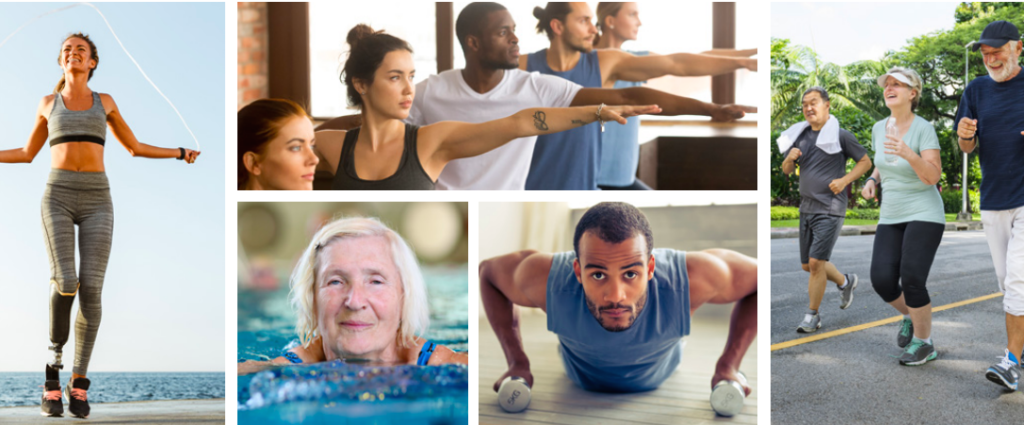
Baby steps towards the advanced age
Wether it is due to the natural aging process, injury or post surgery the act of sitting down and standing up becomes more difficult. A human body function of sitting down from standing up tall – and then standing up tall after a period of sitting down, is often considered to be straightforward, routine, painless. More often it is never even deliberated by many. But here at the Convenient Height company we think about this subject every day and study ways to help to sit down and stand up easier. We founded and built our company around seeking solutions for this captivating and essential problem.
It is only fair to begin talking about human mobility by remembering how we as children start developing this critical faculty of our bodies. From the moment we enter Life, we are eager to learn to stand up and then we instinctively are experiencing the need to sit down – usually gaining this understanding by falling. At seven months of age baby’s muscles become strong enough to stand but she won’t have the balancing quite right. Parents lovingly clear the space around the baby – of toys and sharp objects, and laying a few cushions on the floor in case of a… fall. Learning how to fall becomes an important part of mastering standing up and later walking. At about a year old a baby may be able to stand independently. She may even begin to practice bending her knees and learn to sit down after she’s been up on her feet – this is harder for babies than many think. From here, at the age of 1 to 2 years old children learn this magical self-elevation and self-grounding exercise of sitting down and standing up, not to be worried about or having any difficulty with it for decades until… it becomes harder again for adult women and men. The aging body may surprise many with this inconvenience as early as the age of 50.
Body systems working during sit down and stand up process, motor output and aerobic capacity
Adults experiencing physical difficulties for the variety of reasons can often watch with envy those carelessly young who enjoy a great physical health and do not even think about efforts it takes to sit down or stand up. But if you’ve ever had anything even as minor as a temporary but serious back pain, you understand that it requires integrated performance of muscles and skeletal system (bones) to stand up or sit down. The orchestrated undertaking that lasts a second for a healthy body, can be a minute long endeavor for others. Oh the things the healthy ones take for granted!.. Sitting down and standing up requires both leg strength, back strength, muscle power and balance. Good balance depends on correct sensory information from our eyes (visual system), muscles, tendons, and joints (proprioceptive input), and the balance organs in the inner ear (vestibular system). The brain stem making sense of all this sensory information in combination with other parts of the brain. Plus, the movement of our eyes to keep objects within the scope vision stable and keep vertical balance. Once our brain stem sorts out all of this information, it sends messages to the eyes and other parts of our body to move in a way that will help us keep our balance and have clear vision while we are moving, terminologically phrased: motor output.

Physical weakness due to age is often attributable to muscles losing mass, especially the large muscles in our legs that we use to stand, which as combined in return diminishes motor output. Sitting down and getting up also requires coordination, flexibility, and aerobic capacity referred to as the maximum amount of oxygen our body can use at one time during an intense exercise. It is measured by assessing the VO2 max, which is the maximum volume of oxygen you can use at one time. V̇O2 max (also maximal oxygen consumption, maximal oxygen uptake or maximal aerobic capacity) is the maximum rate of oxygen consumption attainable during physical exertion.
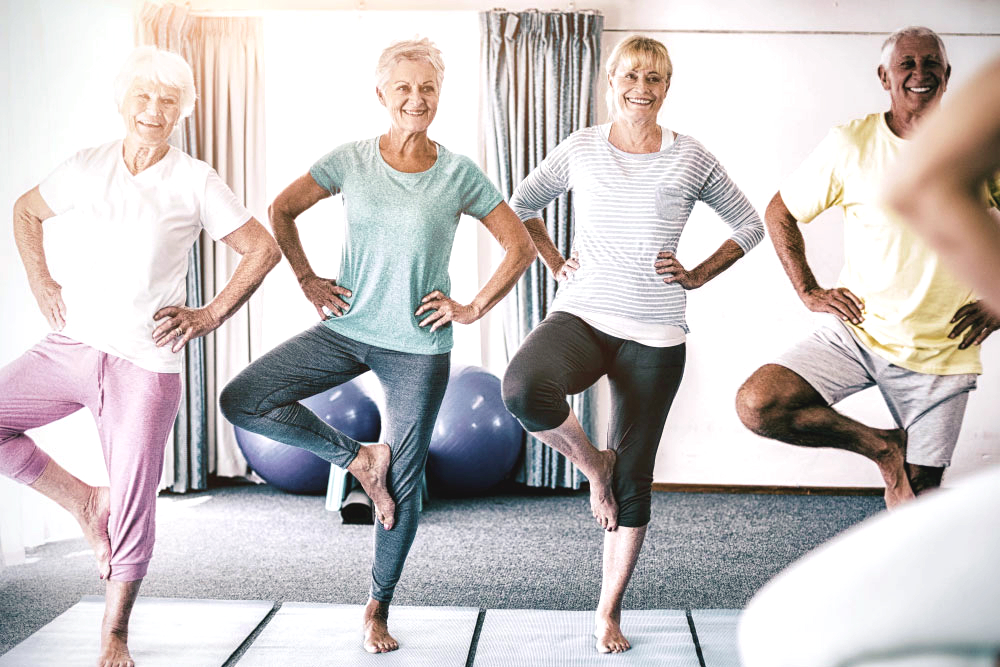
Laws of nature and our biological programming
Aging is a universal law that we all experience throughout our lives and it is vital that we understand the clinical relevance of this process – ideally before it reaches a complicated point of no return in our own lives or in lives of those we deeply care about. In aging virtually all organ systems are involved in the process of physiologic changes. Biologically speaking, aging is a persistent but normal peak of the loss of specific regenerative mechanisms that occur over time. While our doctors say aging is “normal”, nothing about aging feels normal at the time of it taking place within our own bodies. Aging is a slow, constant process, the origins of which are still not really well understood but absolutely and universally accepted – unless defying aging becomes an obsession. Then acceptance is not in the cards.
Some theories of aging processes hold firm that aging is a sort of biologically programmed mechanism. There must be a recognition of interplay between lifestyle and genetics as an individual who maintains a healthy lifestyle and enters into late adulthood with a clean bill of health will experience a vastly different aging process than those with an opposite report. Pathologies are not always clear cut. Bone strength peaks in our 20s; muscle strength, around age 30. Both begin to slowly decline by our 40s, however it is important to highlight that exercise can dramatically slow this downslide. With advancing age, body composition changes and the body loses muscle (muscle mass may decrease by as much as 50%). There is also a loss of bone mass, a narrowing of joint spaces, and a decrease in total body water.
Falls. Millions of fall related injuries happen every year
Having said all of the above, let’s reopen the chapter of falls which we touched upon when discussing baby’s life at age of seven months to a year. Fast forward 50 years or so and at some point keeping on our feet becomes easier said than done. Some statistics will say that in the U.S. every second of every day, someone age 65+ will fall, which leads to falls dominating the way of injury in this age group. CDC reports that each year about 3,000,000 (three million!) adult women and men are treated in ER across the nation for a fall injury. One out of every five falls causes a certain level of physical trauma, such as broken bones or a head injury. Each year at least 300,000 older people are hospitalized for hip fractures. More than 95% of hip fractures are caused by falling, usually by falling sideways – often when trying to get up from a short and inconvenient height toilet.
Make your home and bathroom safer with the Convenient Height brand tall toilet
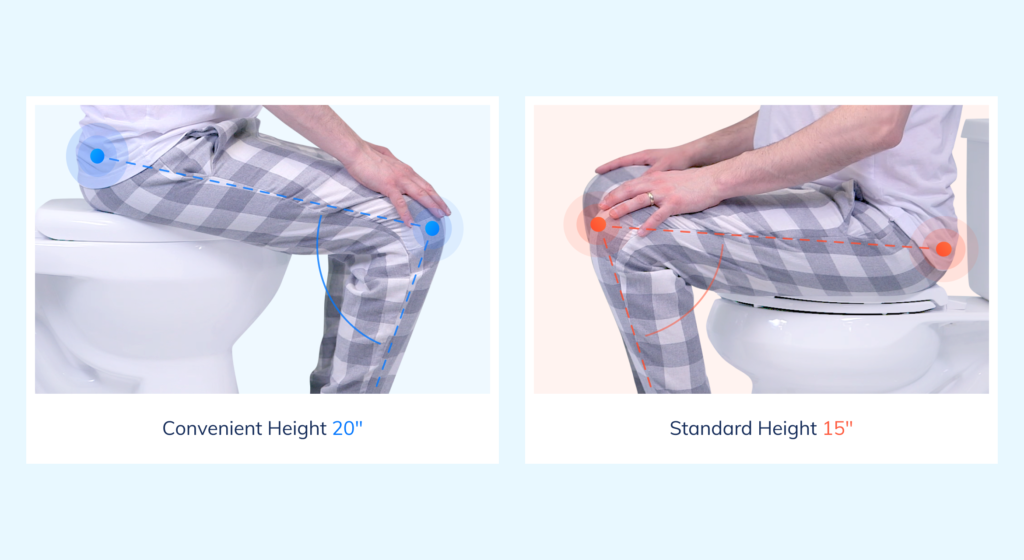
Bathrooms are a leading location of all falls in the U.S. homes
Bathrooms commonly are believed to be a particularly hazardous location (we wrote about this earlier, article “Which room in your house is the most dangerous place? (It is not the kitchen)“. All persons, but especially older adults, should be aware of bathroom associated with a high risk for fall injury. CDC examined unintentional, nonfatal bathroom injuries and identified the types of injuries, most common locations within the bathroom, and the precipitating events. Potentially most of the eligible cases were associated with bathrooms or whose case narrative included the words “bath,” “shower,” “tub,” “commode,” “toilet,” or “potty chair.” Based on the narrative for each case, two additional variables were coded: the location in the bathroom where the injury occurred (e.g., bathtub, shower, toilet or sink) and the precipitating event (e.g., bathing or showering, slipped, sitting down, or using the toilet).
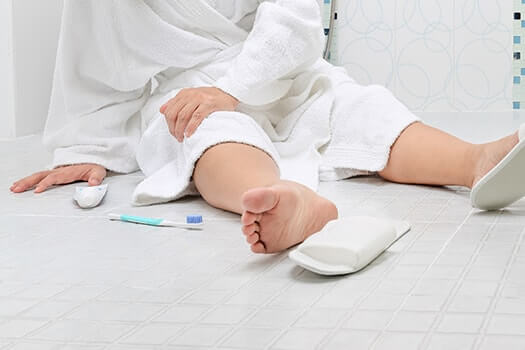
The undertaking activity of sitting down and standing up while using the short, inconveniently low bowl toilet is considered to be particularly hazardous. While the highest rates were for injuries that occurred in or around the tub or shower, injuries that happened on or near the low height toilet, occurring when standing up from, sitting down on, or using the toilet amount of the third of all falls. Injury rates increased with advancing of age, especially those that occurred on or near the toilet – ouch!.. that’s a third of three million falls. The Convenient Height Company specializes in and is part of the solution with our 20 – 21 inch height toilet bowl which helps to sit down and stand up easier. Since 2016 we have helped thousands of families to create safer homes and bathrooms for themselves and their loved ones. And installing a tall toilet is a home improvement project trend that can change a life.
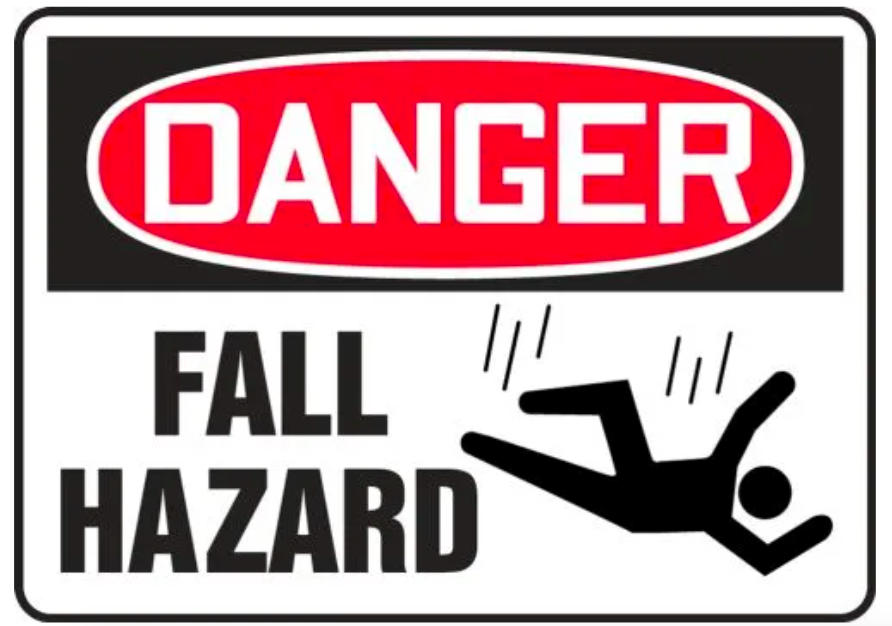
So what can be done? It takes a team to prevent falls
The good news is that most falls can be prevented. If we know what causes the bathroom related falls, we will find a formula to eliminate these treacherous incidents. And one of the ways you can prevent a fall is by knowing who you can call on for help – before anything serioulsy terrible happens. Fall prevention is a team effort. Your falls prevention team can include family and friends, an occupational therapist (OT), a primary care physician (PCP), a pharmacist, a physical therapist (PT), even your local fire department, your senior center, your hardware store, your faith-based organization, a library and a local sporting goods store. Each of them brings a unique mix of expertise and familiarity that can provide important protections against falling.
Family and friends can provide extra hands, or another set of eyes to check and rid your home of fall hazards. They can also modify family outings to ensure that seniors can safely continue doing things they enjoy, while taking precautions to prevent falls.
Talk openly with your doctor about fall risks and prevention. Tell your doctor right away if you have fallen, if you’re afraid you might fall, or if you feel unsteady. Some medicines, even over-the-counter medicines and herbal supplements, can increase your fall risk. Have your feet checked. Discuss proper footwear with your doctor and ask whether seeing a foot specialist (podiatrist) is advised. Do some exercises that make legs stronger and improve balance. Decreased feeling in your feet can play a role in your ability to maintain balance and lead to a fall. Have your doctor check the sensation in your feet and ask if seeing a foot specialist is necessary. Additionally, make sure you wear appropriate footwear. Shoes should fit you well, cover your heel, and have a textured sole to prevent slipping. Eye problems can increase your risk of falling. Ask your healthcare provider to check your eyes once a year and update the lenses appropriately.
Upgrade your home for safety, convenience
Home is where we all spend most of our time. We think this list contains low hanging fruit, easy to accomplish items, good starting points to help you be better protected in the environment of your home. Checking your home for safety hazards and installing night lights to prevent falls in the dark. Always keep the floor clear of tripping hazards… That includes our dogs. The CDC estimates that every year, more than 86,000 fall injuries are caused by pets. Dogs are the biggest culprits, causing 88 percent of the injuries!.. The typical injuries for pet-related falls were abrasions, contusions, and bone fractures. A huge majority of the pet-related falls and injuries were caused by dogs, not cats.

Consider removing throw rugs from your home to avoid slipping… Applying non-slip mats to the floor of your tub or shower… Keeping objects off the stairs. Adding grab bars in the bathroom next to the toilet and in the shower. Aging in place specialists and physical therapists cannot recommend this enough – investing in the Convenient Height extra tall toilet is going to be life changing, improving your bathroom for the better and for years to come. Yes, we are in this business and the reality is the Convenient Height brand tall bowls are made to be a seating surface elevation that adds freedom, safety, assurance and convenience.
Stay hydrated, because dehydration can cause orthostatic hypotension (when our blood pressure drops when you sit up from lying down or stand up from sitting). Symptoms of orthostatic hypotension include dizziness, lightheadedness, weakness, and blurry vision which can cause a fall. Let’s drink enough water to maintain appropriate hydration. How much water should we drink? Well, a recommended water intake varies by age, but at advanced age we should generally aim to drink one-third to one-half of our body weight in ounces daily. For example, if we weigh 150 pounds, we should aim to drink 50-75 ounces of water per day. For adult women and men living in a warm climate perspiration may require even more water. Exercise, medications, and health conditions may also increase our hydration needs. Our doctors can provide a personalized water intake recommendation based on environment, health, and activity level.
Thank you very much for reading this article. You may leave a comment by emailing us your thoughts. To do so please visit our contact page. We have many more informative articles for your reading pleasure on our blog. Please find a medical advise disclaimer below. And as always, from everyone here at the Convenient Height Company thank you for visiting our website.
Make your home and bathroom safer with a Convenient Height brand tall toilet
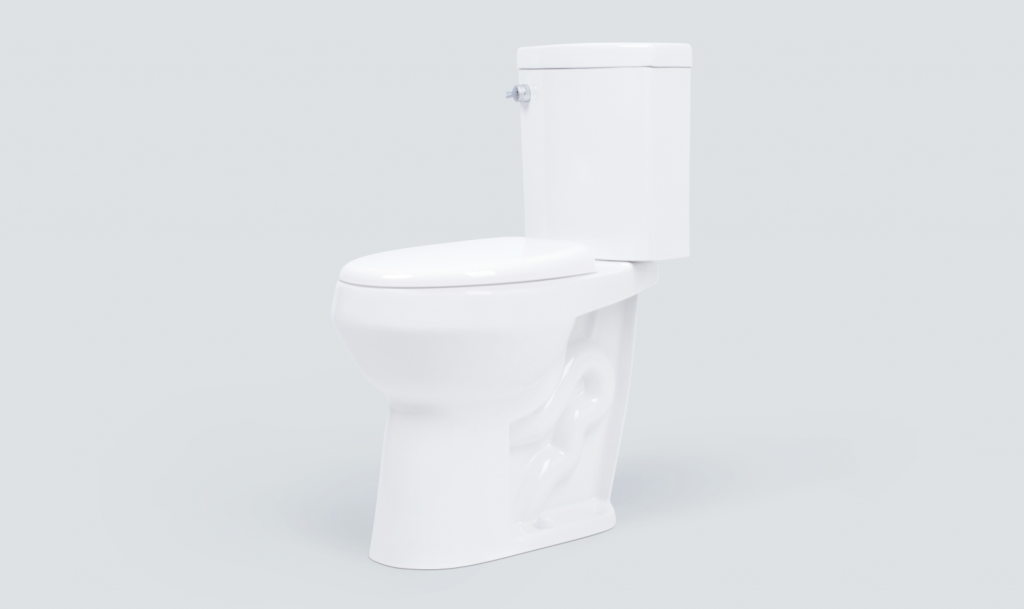
Disclaimer: This website does not provide medical advice.
This article and web site is provided for educational and informational purposes only and does not constitute providing medical advice or professional services. The content of this website, such as graphics, images, text and all other materials, is provided for reference and educational purposes only. The content is not meant to be complete or exhaustive or to be applicable to any specific individual’s medical condition. The information provided should not be used for diagnosing or treating a health problem or disease, and those seeking personal medical advice should consult with a licensed physician. Always seek the advice of your doctor or other qualified health provider regarding a medical condition. Never disregard professional medical advice or delay in seeking it because of something you have read on Convenient Height website. If you think you may have a medical emergency, call 911 or go to the nearest emergency room immediately. Always consult with a qualified and licensed physician or other medical care provider, and follow their advice without delay regardless of anything read on this website. You assume full responsibility for using the information on this site.




